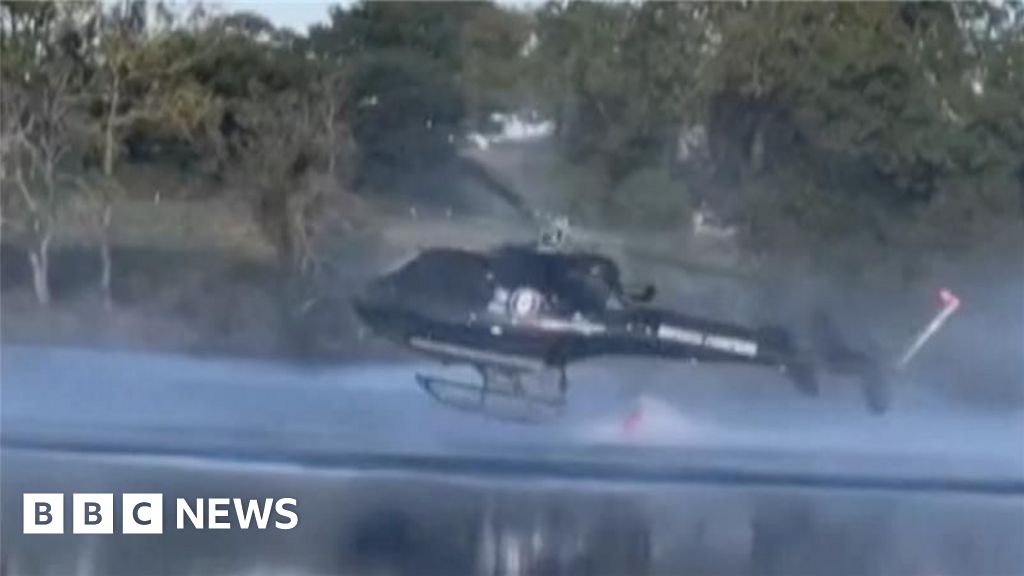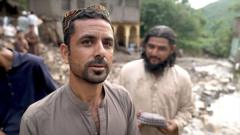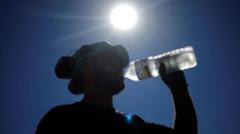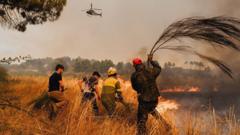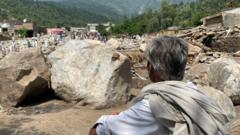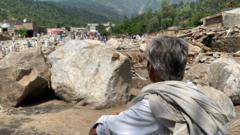In a troubling forecast, the megadrought currently gripping the American Southwest—a region already parched for nearly 25 years—may continue unabated and stretch far into the future. New research published in the journal Nature Geoscience highlights the influence of sustained temperature shifts in the Pacific Ocean, closely linked to global warming, which may be forever altering regional weather patterns.
Victoria Todd, a doctoral student at the University of Texas at Austin, spearheaded this study and reinforced that the ongoing dry spell is not an anomaly but part of a more extensive climate pattern that could see drought conditions last into the latter half of the century or beyond. The implications of such an enduring drought raise alarm bells, especially for water-intensive sectors like agriculture and computer-chip manufacturing that thrive in this region.
Todd and her team investigated an ancient drought period spanning thousands of years in the Rocky Mountains, drawing insights from lakebed sediments in Stewart Bog, New Mexico, and Hunters Lake, Colorado. The waxy coatings from past plant life allowed the researchers to trace climate conditions over the last 14 millennia, eventually locating the root causes of historical drought periods.
Their research indicated that similar warming trends in the past corresponded with reduced moisture levels. During these periods, the altered climate facilitated the formation of a considerable warm water body in the Pacific—one that skewed wind patterns, pushing storm systems away from the crucial Southwest, much like what's occurring now due to anthropogenic climate change.
A climate scientist from UCLA, A. Park Williams, acknowledged the thoroughness of the study while cautioning that current climate models may not fully capture the extent of the warm Pacific blob's impact, possibly leading to underestimation of future drought risk.
The study emphasizes that the prevailing carbon emissions and other human activities are fundamentally reshaping drought dynamics. The balance of natural climate cycles, including the El Niño phenomenon—which typically brings wetter conditions—has also been skewed, further complicating forecasts.
The findings highlight a growing concern that human-induced climate change is beginning to disrupt established weather patterns, necessitating urgent attention and response to water issues in the Southwestern states.
Raymond Zhong, reporting for The Times, underscores the crucial nature of this research as the region and its economy increasingly face stress from prolonged periods of dry conditions.
Victoria Todd, a doctoral student at the University of Texas at Austin, spearheaded this study and reinforced that the ongoing dry spell is not an anomaly but part of a more extensive climate pattern that could see drought conditions last into the latter half of the century or beyond. The implications of such an enduring drought raise alarm bells, especially for water-intensive sectors like agriculture and computer-chip manufacturing that thrive in this region.
Todd and her team investigated an ancient drought period spanning thousands of years in the Rocky Mountains, drawing insights from lakebed sediments in Stewart Bog, New Mexico, and Hunters Lake, Colorado. The waxy coatings from past plant life allowed the researchers to trace climate conditions over the last 14 millennia, eventually locating the root causes of historical drought periods.
Their research indicated that similar warming trends in the past corresponded with reduced moisture levels. During these periods, the altered climate facilitated the formation of a considerable warm water body in the Pacific—one that skewed wind patterns, pushing storm systems away from the crucial Southwest, much like what's occurring now due to anthropogenic climate change.
A climate scientist from UCLA, A. Park Williams, acknowledged the thoroughness of the study while cautioning that current climate models may not fully capture the extent of the warm Pacific blob's impact, possibly leading to underestimation of future drought risk.
The study emphasizes that the prevailing carbon emissions and other human activities are fundamentally reshaping drought dynamics. The balance of natural climate cycles, including the El Niño phenomenon—which typically brings wetter conditions—has also been skewed, further complicating forecasts.
The findings highlight a growing concern that human-induced climate change is beginning to disrupt established weather patterns, necessitating urgent attention and response to water issues in the Southwestern states.
Raymond Zhong, reporting for The Times, underscores the crucial nature of this research as the region and its economy increasingly face stress from prolonged periods of dry conditions.










